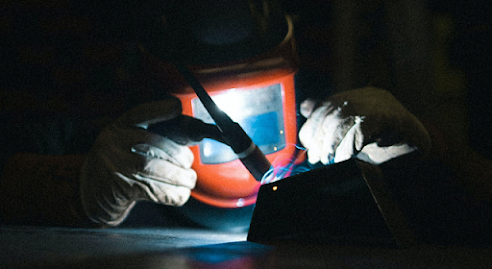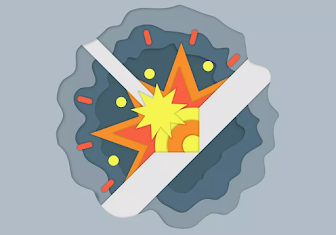SUSU: optimal welding process parameters can now be modelled mathematically
SUSU: optimal welding process parameters can now be modeled mathematically

A team of researchers from different countries sets out to improve the quality of welds when working with weather-resistant steel. SUSU specialists have identified a correlation between process and weld characteristics. Scientists have been able to create a mathematical model that provides a set of optimal process parameters. The study is published in a highly ranked scientific journal (Q1), as reported by SUSU, a partner of TV BRICS.
Atmosphere-resistant steel is a class of high-strength, low-alloyed steel with low carbon content and small amounts of other alloying elements (aluminum, titanium, copper, etc.).
"Weather-resistant steels are used in the construction of oil pipelines, bridges, ships, and buildings. Welding quality of A606 weather-resistant steel is very important in critical welded structures such as boilers, tanks, and oil pipelines," explains Zhao Dawei, Senior Researcher at SUSU Department of Welding Equipment and Technology, Ph.D. in Mechanical Engineering, Associate Professor at the School of Mechanical Engineering and Mechanical Engineering of Linyi University (China).

The department's laboratory experimentally selected the best combinations of welding parameters and then tested the quality of the weld. Then, based on the results, scientists were able to create a mathematical model that provides the most appropriate settings for the welding process. This has an immediate effect on improving welding quality, which in turn has a major deferred economic benefit.
The influence, in particular, of welding speed, welding current and wire feed speed on the geometry of the weld bead and its tensile properties was studied. Then validation was performed to obtain high-quality welded joints. With optimum welding parameters, the quality of the welded joints increases, says Zhao Dawei.
The physical and mechanical properties of welds are influenced by many factors: welding voltage, welding speed, welding current, shielding gas, wire feed speed, wire type and diameter. Errors in selecting the initial parameters will lead to a reduction in the quality of the welding performed.
An earlier study found a relationship between heat input, which is determined precisely by the welding process parameters, and welding quality.
you tube :https://www.youtube.com/channel/UCdyJKojH1EQLS0o1B-Rt2DA Twitter : https://twitter.com/GabrielaShasha Linkedin: https://www.linkedin.com/in/gabriela-shasha-345b53240/

Comments
Post a Comment